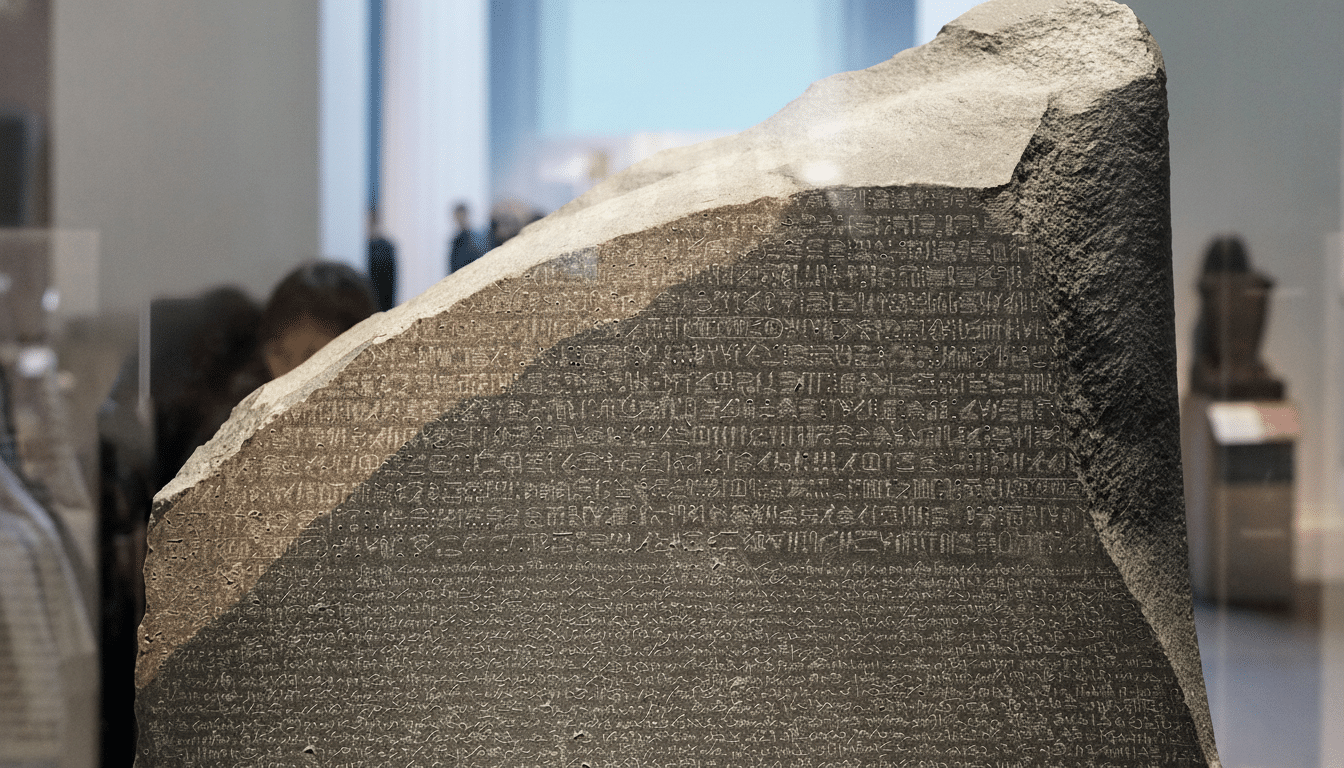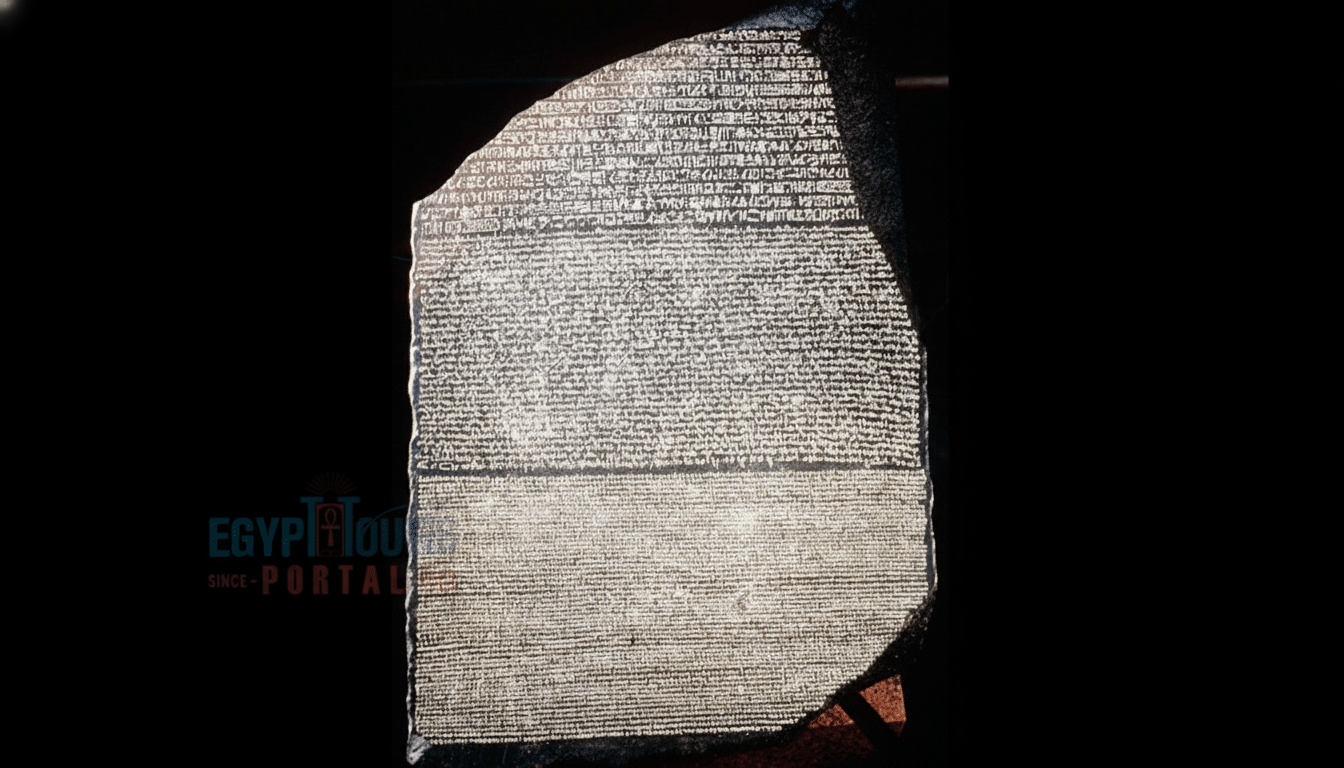For language learners who prefer a one-and-done purchase over never-ending subscriptions, this limited-time offer brings Rosetta Stone lifetime access down to $148.99 with code LANGO at checkout. The deal unlocks up to 25 languages in a single account, letting you switch between Spanish, French, Japanese, Korean, and more whenever you like. Cost-wise, the math is compelling. Many premium apps run $15–$30 per month; a one-time $148.99 outlay can undercut two years of typical subscription spend, especially if you’re learning more than one language or sharing a device with family.
Why this lifetime Rosetta Stone deal stands out now
Rosetta Stone’s immersion approach: you’re learning by pairing images, audio, and context rather than translating back to your native tongue. That system helps create instinctive recall and better pronunciation habits, a regular first-year stumbling block for beginners. The platform’s TruAccent speech-recognition engine evaluates your pronunciation in real time and highlights difficult sounds and stress patterns. Speaking drills are in virtually every lesson, meaning you can feel better prepared before your first real conversation.
- Why this lifetime Rosetta Stone deal stands out now
- What you get with lifetime access to Rosetta Stone
- Who will benefit most from this learning approach
- How this offer compares in today’s language app market
- Additional context: costs, trends, and career impact
- Real-world scenarios where Rosetta Stone proves useful
- Bottom line: is this Rosetta Stone lifetime deal worth it?

Lessons typically last 10–20 minutes, which is easy to tuck into commutes, lunches, or pre-bed routines. The progression is sensible, starting with greetings and directions and moving into how to discuss impressions and things that already happened or will happen. Practice comes from a mix of listening, reading, speaking, and writing for comprehensive development.
What you get with lifetime access to Rosetta Stone
- Unlimited switching across 25 languages means you can switch between Spanish and Italian before a trip, then pick up Japanese without starting over, and the offline lessons on mobile keep a streak going on flights or subway rides.
- Complementary features like Audio Companion, Stories, and Phrasebook provide additional exposure outside the core path, although the self-evaluation test wasn’t available during testing.
- Many lessons align with common proficiency frameworks used by educators, running from beginner to early-intermediate skills that can be taken abroad, used for daily life, or applied in workplace settings.
- Live tutoring sessions, where possible, are typically sold separately.
- The $148.99 pricing is for the self-paced app-based content library.
Who will benefit most from this learning approach
If you are the type of learner who is good at hearing and speaking first and doesn’t want to navigate grammar charts, the immersion model would work best for you. This emphasizes a focus on sound systems, such as pronunciation features that are more complex or historically assigned to other systems, like French liaison or the Spanish r. If you think that the immersion approach will not prepare you for the language exam or a conversation with the speaker — i.e., you want grammar to be explicit — Rosetta Stone can be backed by a small guidebook or a counted version. The app builds a base; your complement helps you advance toward the upper-intermediate and other categories.
How this offer compares in today’s language app market
In comparison to game-based models, Rosetta Stone is calmer and extra-linear — most people prefer to minimize interruptions. It is more diverse than grammar lessons and trades precise explanations of rules for instinct and example.
Additional context: costs, trends, and career impact
If you browse the internet far and wide, you may end up saving some money over a year or two compared to competitors if $148.99 for lifetime access makes sense for your situation, especially if you will be studying multiple languages. That’s meaningful in a market poised to exceed $20 billion with more learning going online, according to Allied Market Research.

The professional upside is actual: according to a survey of employers by the American Council on the Teaching of Foreign Languages, most U.S. companies depend on multilingual talent, and many anticipate demand to grow. CSA Research has also shown that consumers tend to prefer purchasing in their native language; helpful for entrepreneurs and freelancers who cater to international clients.
Real-world scenarios where Rosetta Stone proves useful
A frequent traveler can use the app to download offline lessons and practice airport dialogues prior to landing, but move on to the Restaurant or Directions units for help on the ground. A remote worker who’s meeting colleagues from another country can practice industry jargon and small talk, making for better rapport and understanding.
Parents can put the same account to use with school-aged kids in language programs for those youngsters who are preparing for exchange programs, and casual learners can jump into any language at any time. Luckily, you don’t need multiple subscriptions.
Bottom line: is this Rosetta Stone lifetime deal worth it?
For a one-time price that spans multiple languages, balanced skills, and hefty pronunciation training, this Rosetta Stone lifetime deal is tough to beat. Enter offer code LANGO during checkout to get the $148.99 offer, and take control of your learning routine once and for all.

